Home>Furniture & Design>Outdoor Furniture>What Is The Best Time To Water Outdoor Plants?
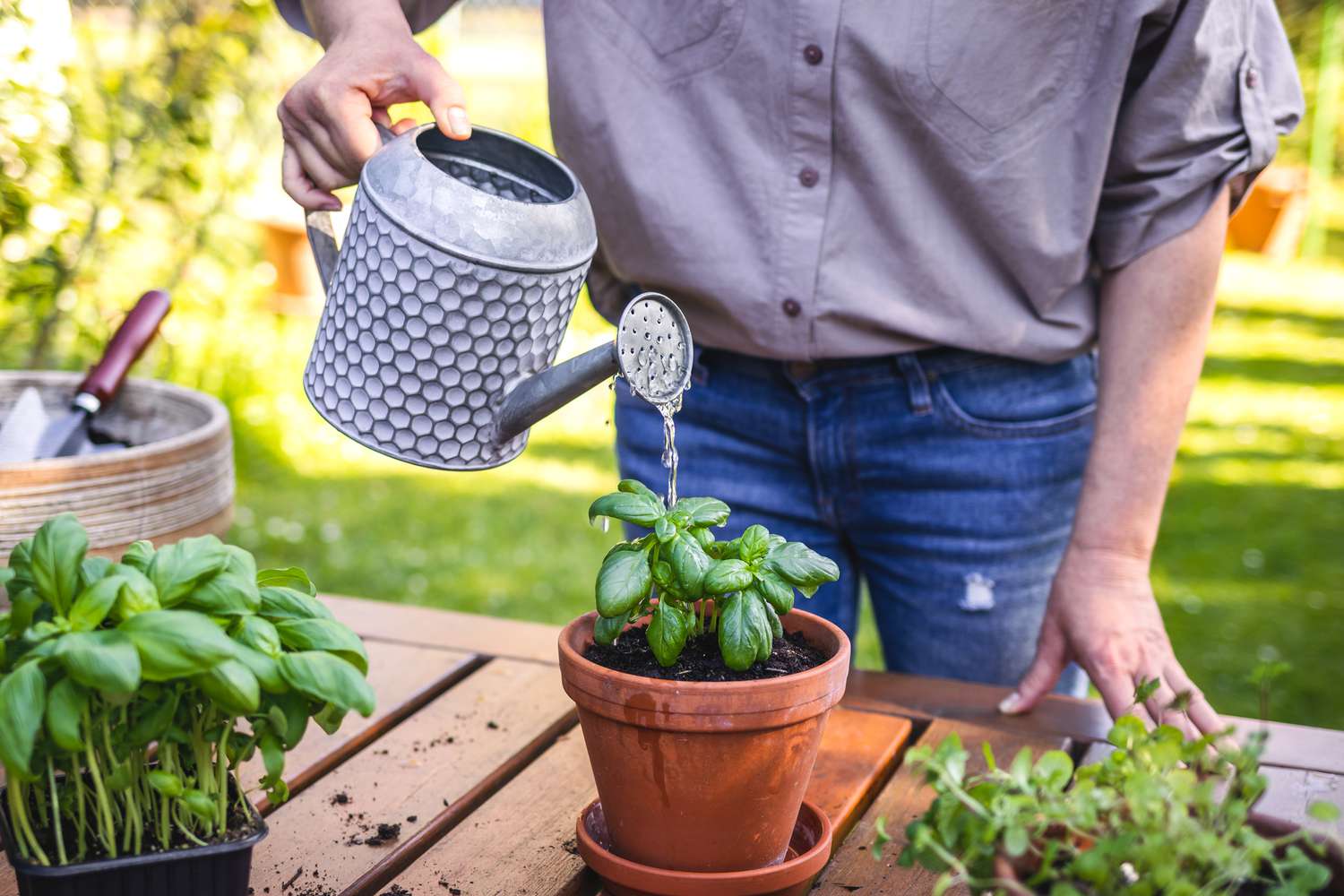

Outdoor Furniture
What Is The Best Time To Water Outdoor Plants?
Modified: August 17, 2024
Discover the best time to water your outdoor plants for optimal growth and health. Learn expert tips for maintaining your outdoor furniture and design.
(Many of the links in this article redirect to a specific reviewed product. Your purchase of these products through affiliate links helps to generate commission for Storables.com, at no extra cost. Learn more)
Introduction
When it comes to nurturing a thriving outdoor garden, proper watering is paramount. The timing of watering can significantly impact the health and vitality of your plants, making it essential to understand the best time to water outdoor plants. Factors such as temperature, humidity, and the specific needs of different plant species all play a crucial role in determining the optimal watering schedule. By delving into these considerations and exploring effective watering techniques, you can cultivate a verdant oasis that flourishes under your care. Join us as we uncover the secrets to successful outdoor plant watering, ensuring that your green spaces thrive and bloom with vitality.
Key Takeaways:
- The best time to water outdoor plants is in the early morning or late afternoon to maximize absorption and minimize evaporation. Avoid watering at night to prevent fungal diseases.
- Factors like plant species, climate, and soil type influence watering needs. Techniques like deep root watering and drip irrigation help conserve water and promote plant health.
Factors to Consider
When determining the ideal time to water outdoor plants, several key factors come into play, each exerting a unique influence on the watering needs of your garden. Understanding and accounting for these factors is essential for maintaining the health and vibrancy of your outdoor plants.
- Plant Species: Different plant species have varying water requirements. Some may thrive with less frequent watering, while others may demand more moisture. It’s crucial to research the specific needs of the plants in your garden to tailor your watering schedule accordingly.
- Climate: The climate of your region profoundly impacts when and how much you should water your outdoor plants. Hot, arid climates necessitate more frequent watering, while cooler, more humid environments may require less frequent irrigation.
- Time of Year: Seasonal changes influence the water needs of outdoor plants. During the scorching heat of summer, plants typically require more frequent watering to combat dehydration, while in cooler months, their water needs diminish.
- Soil Type: The composition of your soil affects its water retention capabilities. Sandy soil drains quickly, necessitating more frequent watering, whereas clay-rich soil retains moisture for longer periods, requiring less frequent irrigation.
- Time of Day: The time of day at which you water your plants can impact the effectiveness of irrigation. Factors such as evaporation rates and the plant’s ability to absorb water vary throughout the day, making the timing of watering a crucial consideration.
- Plant Health: The health and condition of your plants also influence their water requirements. Stressed or diseased plants may have different watering needs than healthy, robust ones.
By carefully considering these factors, you can tailor your watering regimen to suit the unique needs of your outdoor plants, promoting their growth and resilience in the face of changing environmental conditions.
Best Time to Water Outdoor Plants
Choosing the optimal time to water your outdoor plants is crucial for ensuring that they receive the moisture they need to thrive. By aligning your watering schedule with the natural rhythms of the environment, you can maximize the effectiveness of irrigation while minimizing water waste. Here are the best times to water outdoor plants:
- Morning: Early morning is widely regarded as the best time to water outdoor plants. During this time, the temperatures are typically lower, reducing the risk of evaporation. Additionally, watering in the morning allows the plants to absorb moisture before the heat of the day sets in, providing them with the hydration they need to endure the sun’s intensity.
- Late Afternoon: Watering in the late afternoon is another viable option, especially in hot climates. As the sun begins to wane, the temperatures gradually decrease, enabling the plants to absorb the water without the immediate threat of evaporation. However, it’s essential to ensure that the foliage has ample time to dry before nightfall to prevent fungal growth.
- Avoid Watering at Night: While it may seem beneficial to water plants at night, doing so can promote the development of fungal diseases. The prolonged moisture on the leaves and soil during the cooler nighttime temperatures creates an environment conducive to fungal proliferation, potentially harming the plants.
By prioritizing morning or late afternoon watering sessions, you can optimize the absorption of moisture by your outdoor plants, bolstering their resilience and vitality.
Water outdoor plants in the early morning or late afternoon to reduce evaporation and allow the water to penetrate the soil effectively. Avoid watering during the hottest part of the day to prevent water loss and potential damage to the plants.
Watering Techniques
Implementing effective watering techniques is essential for ensuring that your outdoor plants receive the right amount of moisture without wastage. By employing these proven methods, you can promote the health and vigor of your garden while conserving water resources:
- Deep Root Watering: Directing water to the base of the plants encourages deep root growth, enhancing their stability and resilience. This technique is particularly beneficial for trees, shrubs, and deep-rooted perennials.
- Drip Irrigation: Drip irrigation systems deliver water directly to the plant’s root zone, minimizing evaporation and ensuring efficient water usage. This method is ideal for promoting consistent moisture levels, especially in areas with water restrictions.
- Mulching: Applying a layer of organic mulch around the base of plants helps retain soil moisture, suppresses weed growth, and moderates soil temperature. Mulching is particularly advantageous during hot and dry periods, reducing the frequency of watering required.
- Watering by Hand: When watering by hand, aim to water the soil around the plants rather than the foliage. This helps prevent fungal diseases and ensures that the water reaches the root zone where it’s most needed.
- Monitoring Soil Moisture: Regularly checking the moisture levels of the soil allows you to adjust your watering frequency accordingly. Utilize a moisture meter or simply assess the soil’s dampness to gauge when it’s time to water.
By incorporating these watering techniques into your gardening routine, you can optimize water utilization while providing your outdoor plants with the hydration they need to thrive.
Conclusion
Mastering the art of watering outdoor plants is a nuanced endeavor that requires a deep understanding of various factors and techniques. By considering the specific needs of your plant species, the prevailing climate, and the optimal timing for watering, you can create an environment where your garden flourishes with vitality. Embracing efficient watering techniques such as deep root watering, drip irrigation, and mulching empowers you to conserve water while nurturing the health and resilience of your plants.
Remember, the best time to water outdoor plants is during the early morning or late afternoon, allowing the plants to absorb moisture before the sun’s intensity peaks. Avoid watering at night to prevent the onset of fungal diseases. By aligning your watering schedule with the natural rhythms of the environment and employing mindful watering techniques, you can cultivate a lush and thriving outdoor oasis that brings joy and beauty to your surroundings.
With a blend of knowledge, care, and attention to detail, you can embark on a journey of nurturing your outdoor plants to their fullest potential, creating a vibrant and flourishing landscape that enriches your outdoor spaces.
Frequently Asked Questions about What Is The Best Time To Water Outdoor Plants?
Was this page helpful?
At Storables.com, we guarantee accurate and reliable information. Our content, validated by Expert Board Contributors, is crafted following stringent Editorial Policies. We're committed to providing you with well-researched, expert-backed insights for all your informational needs.
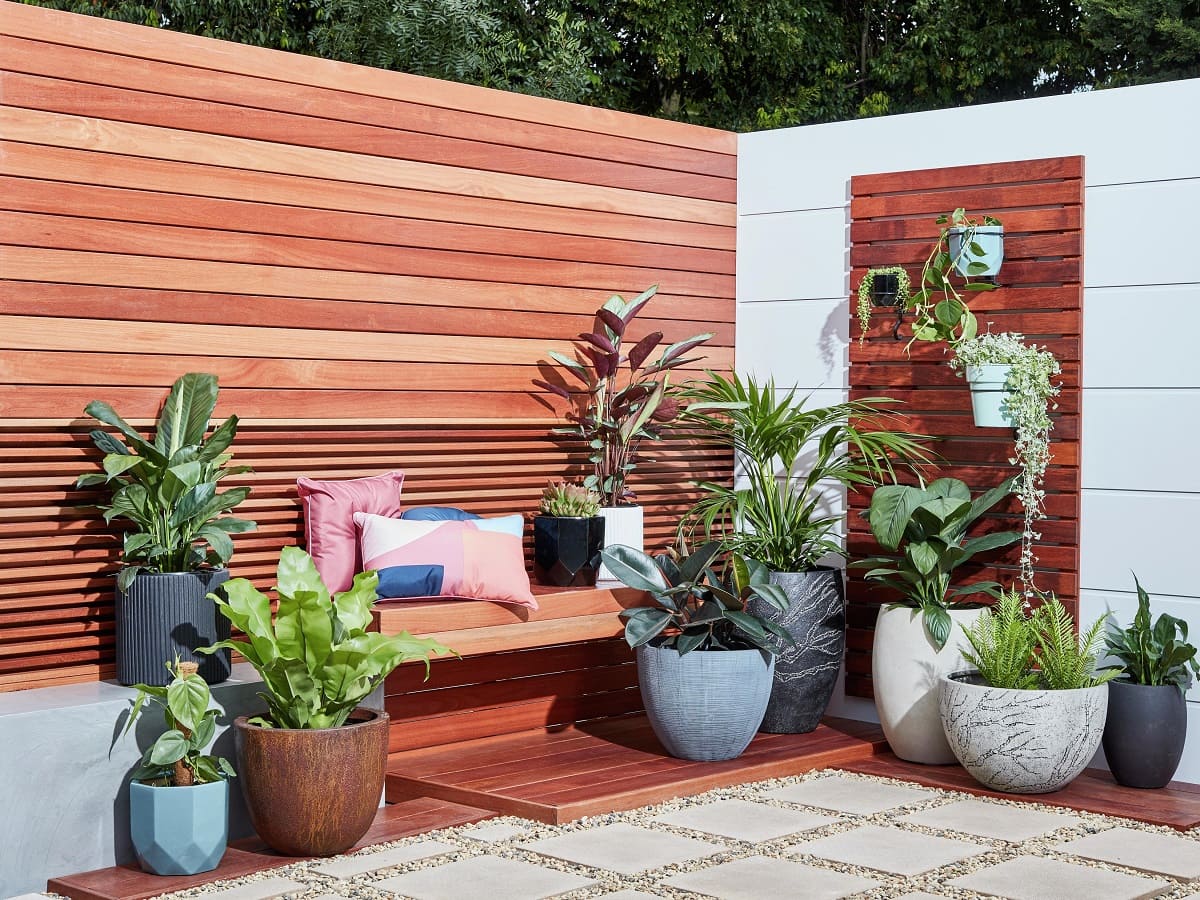
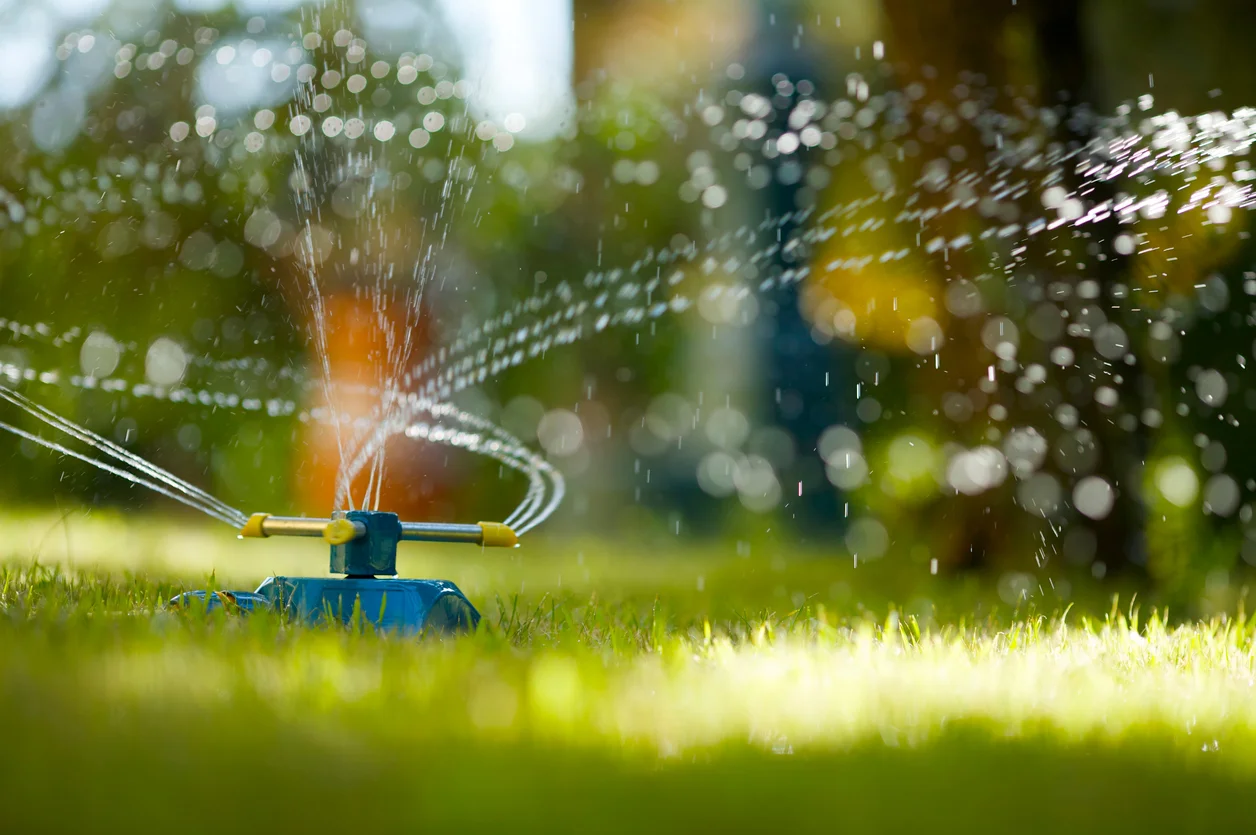
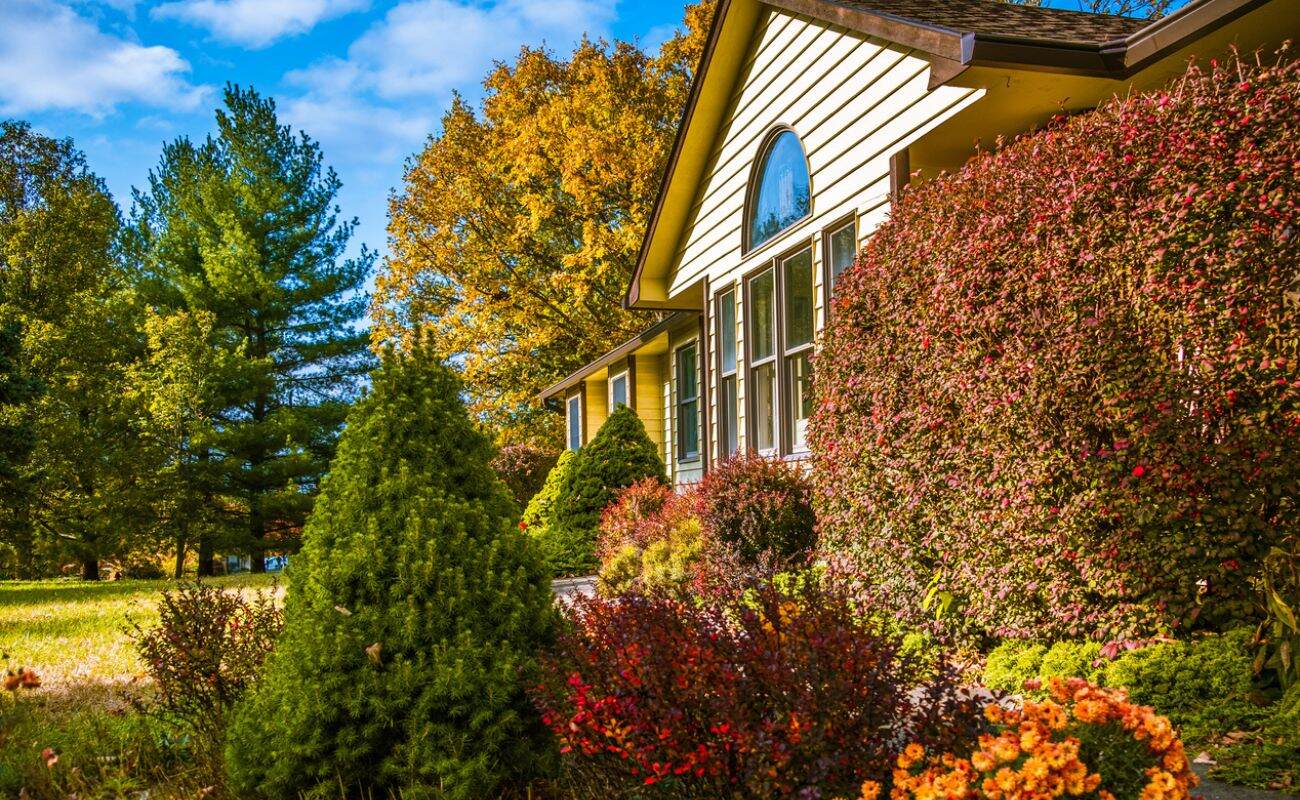
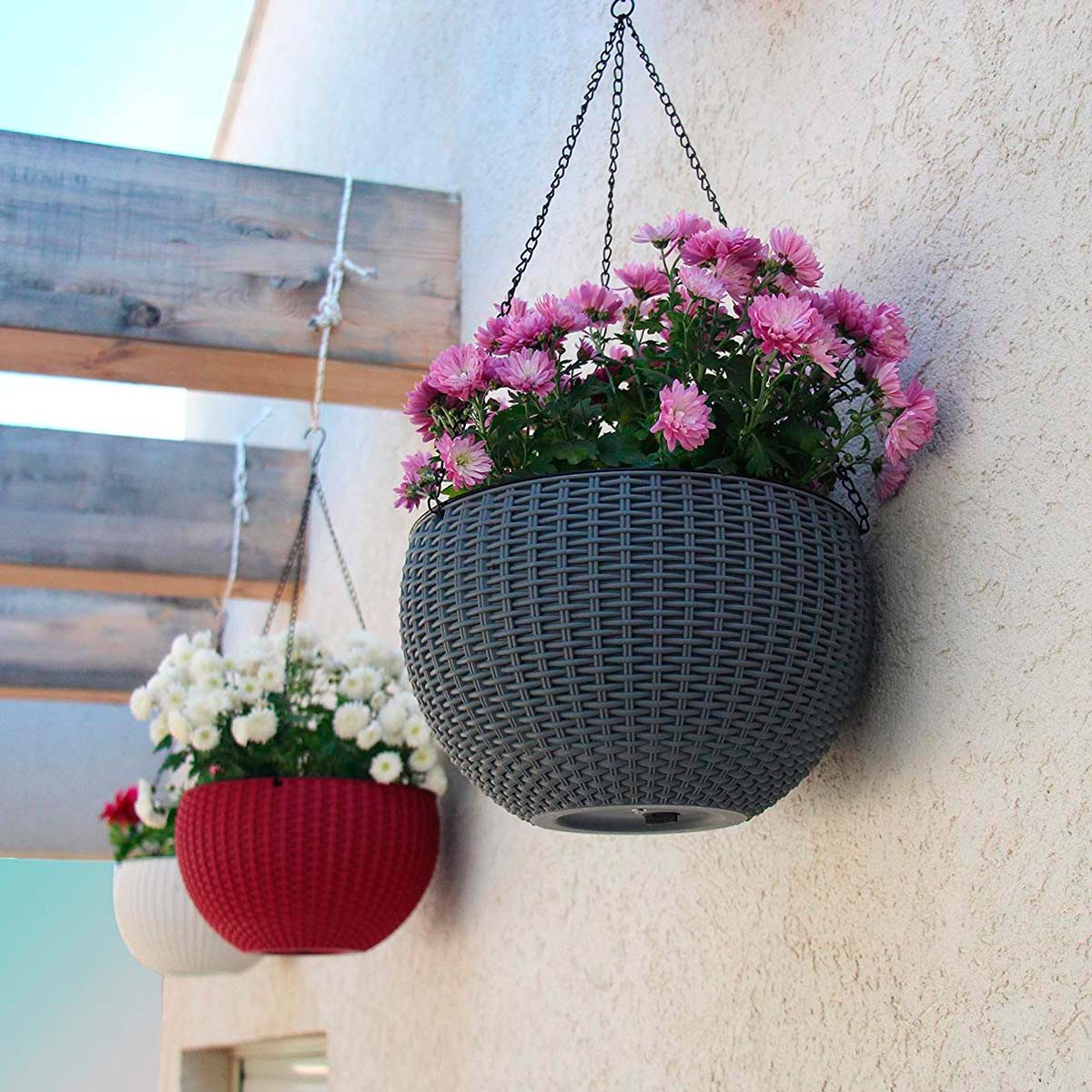
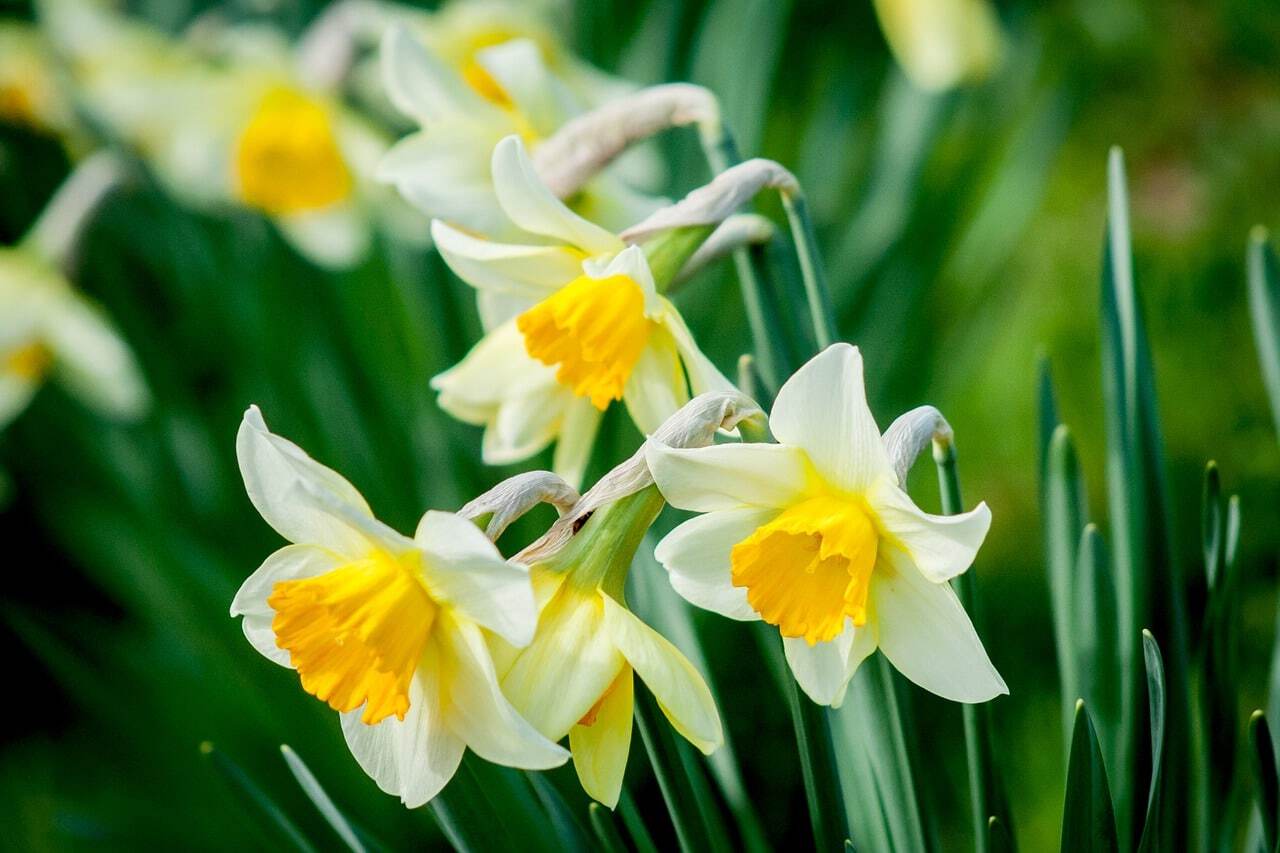
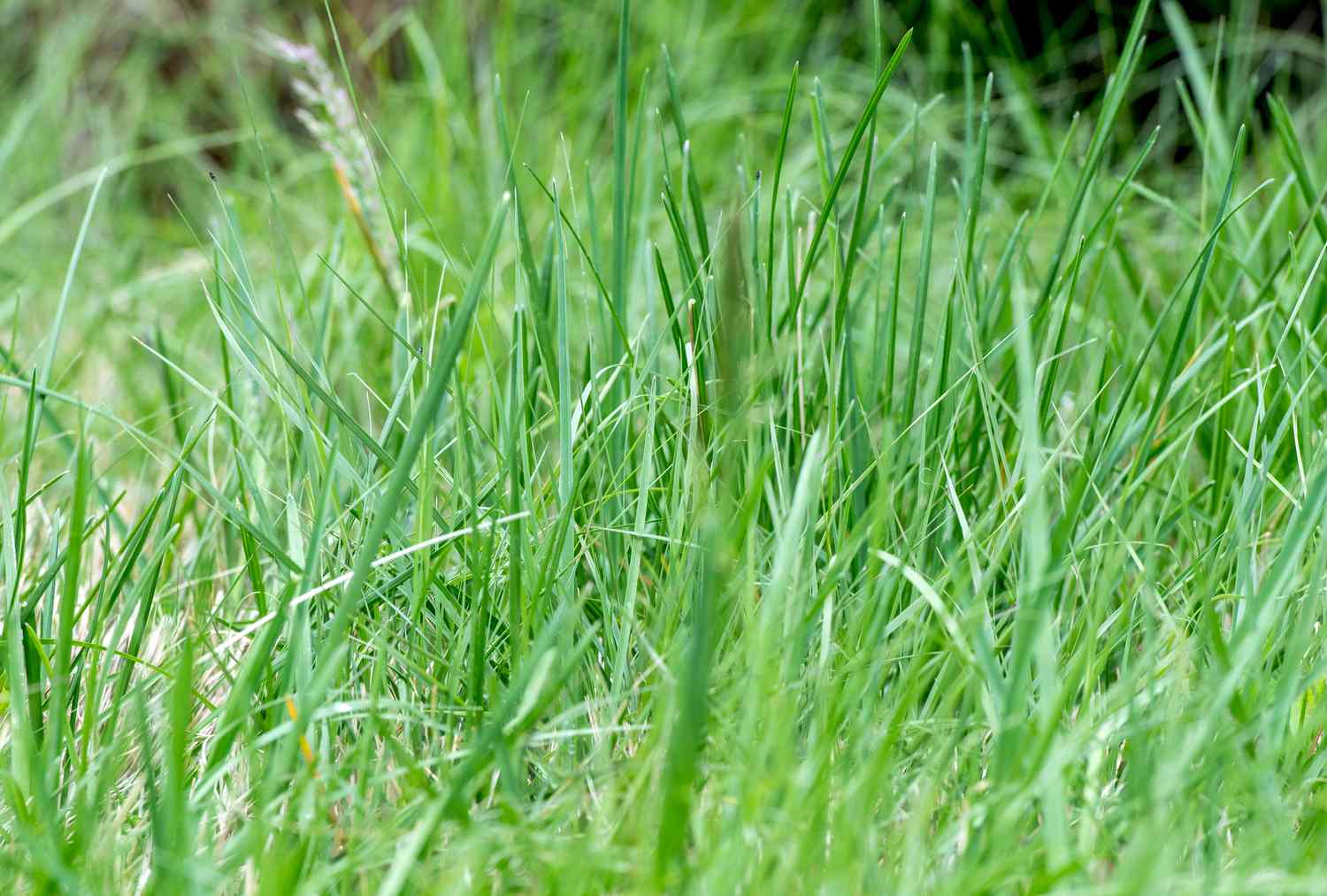
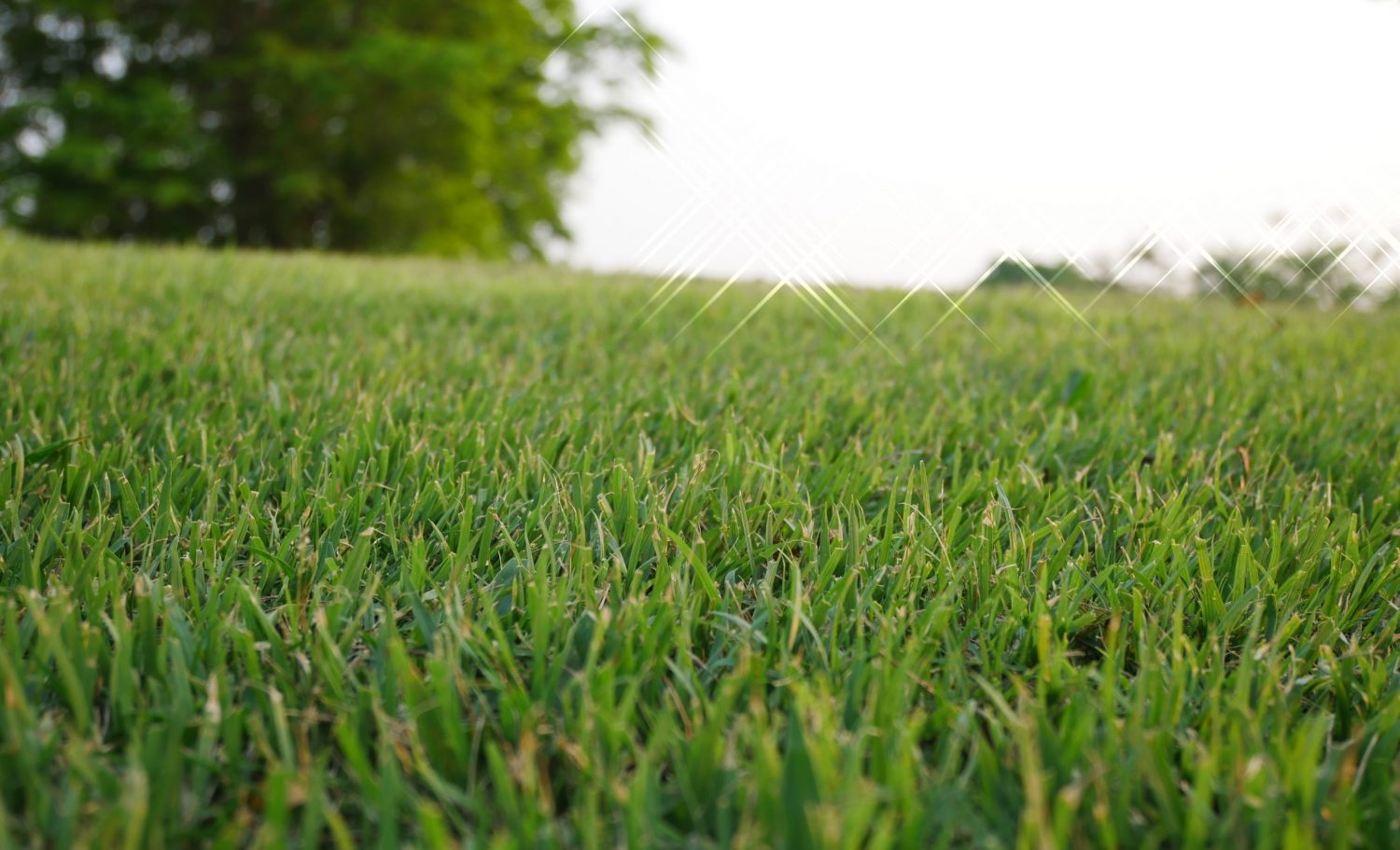
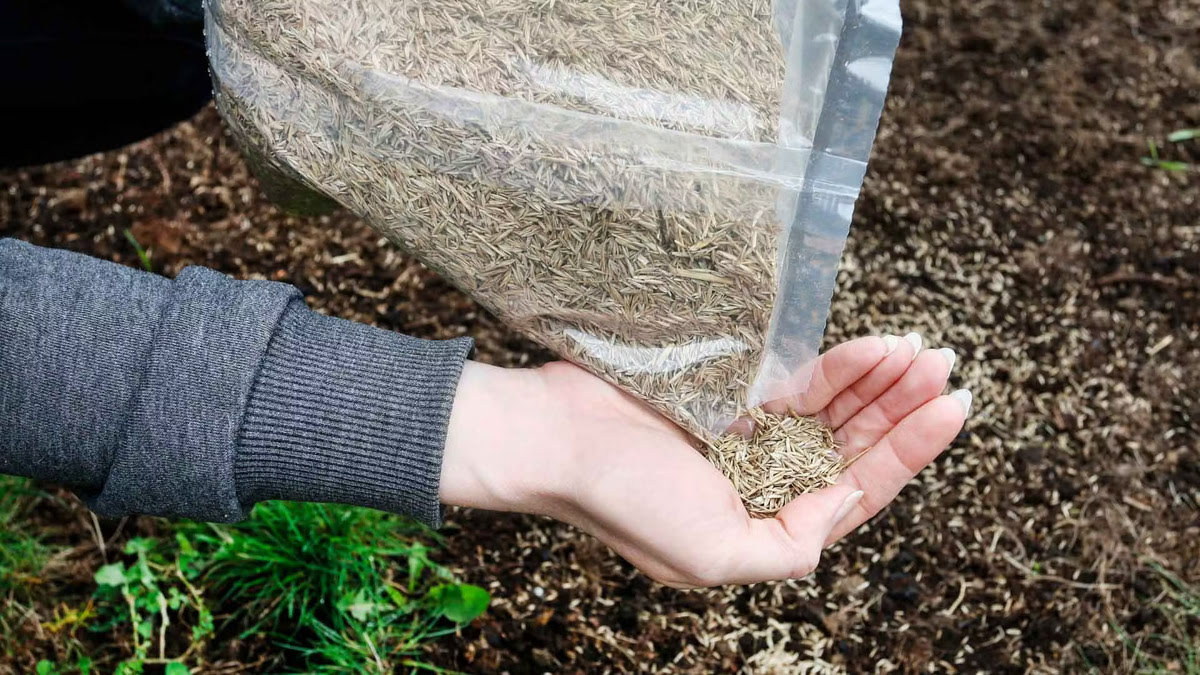
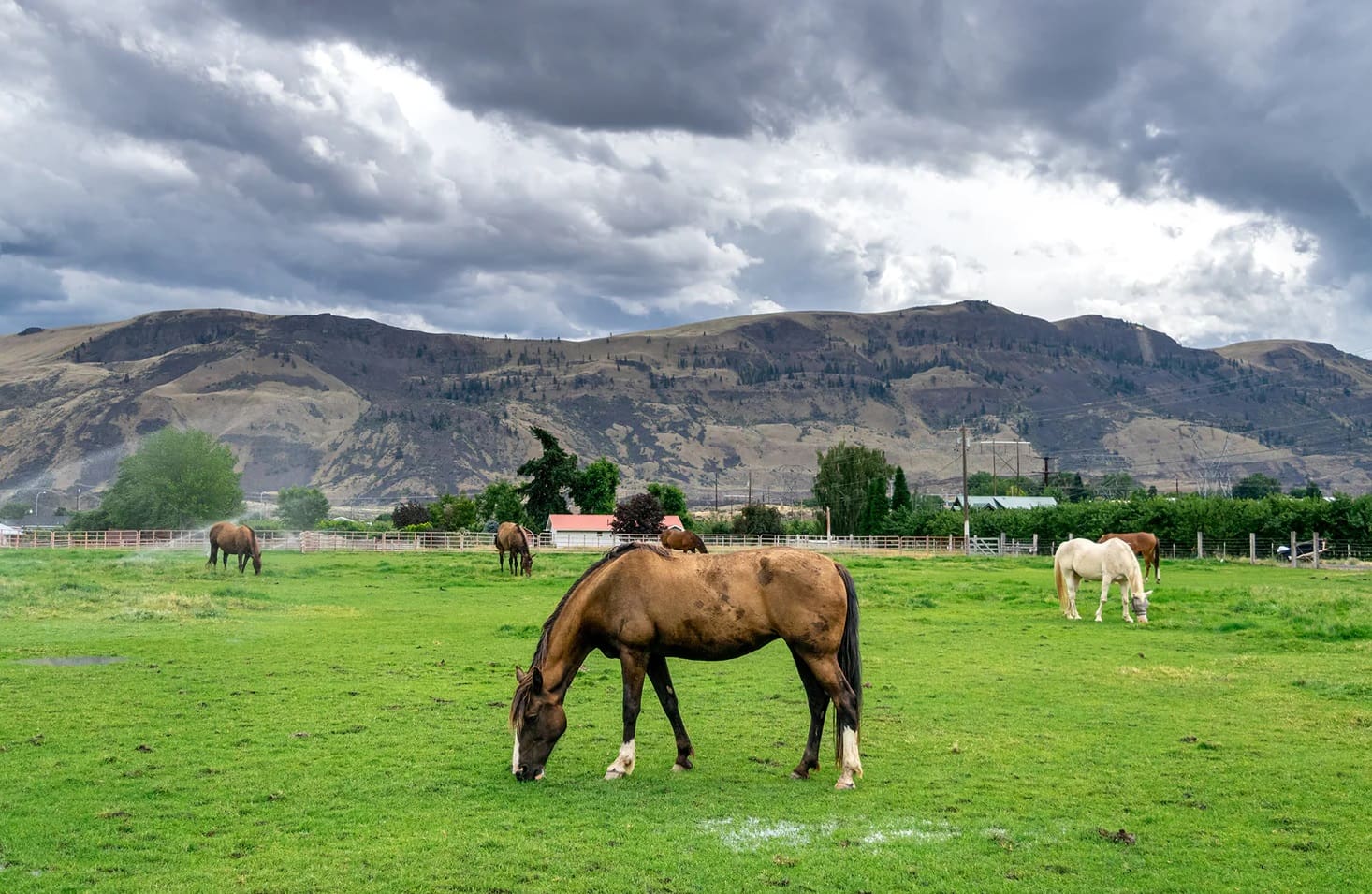
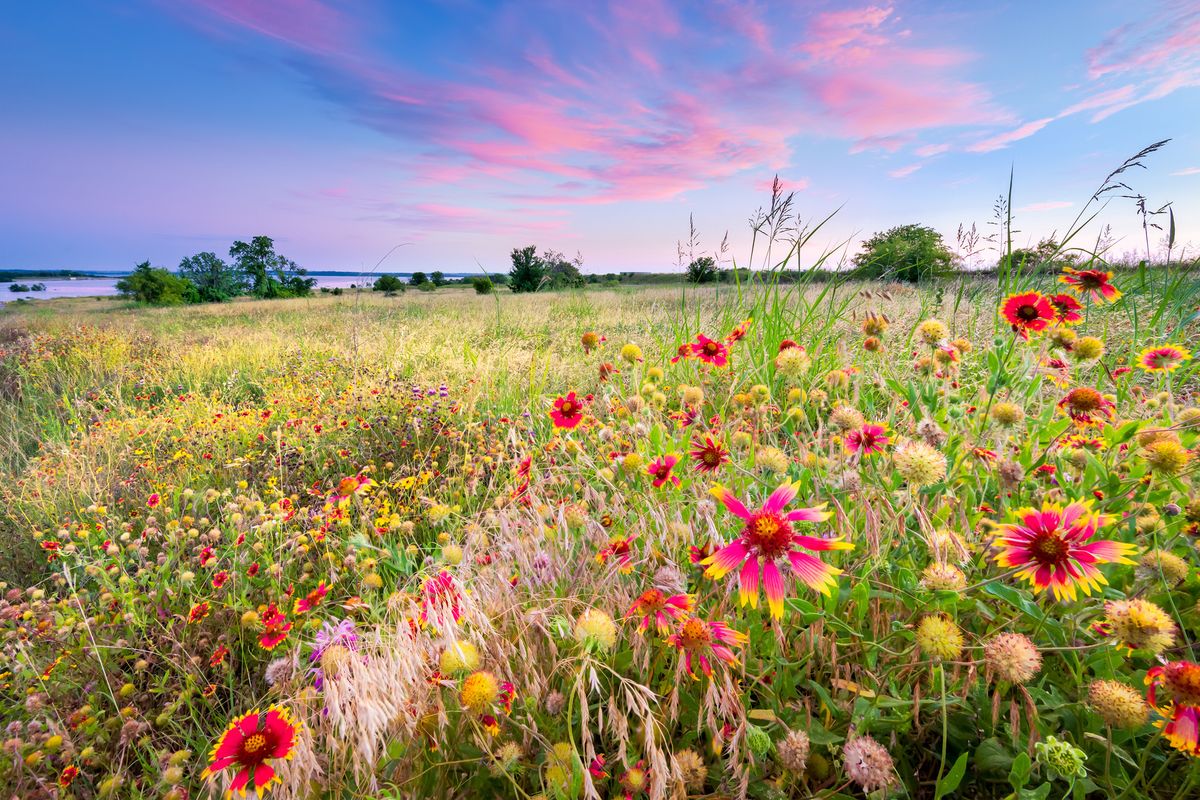

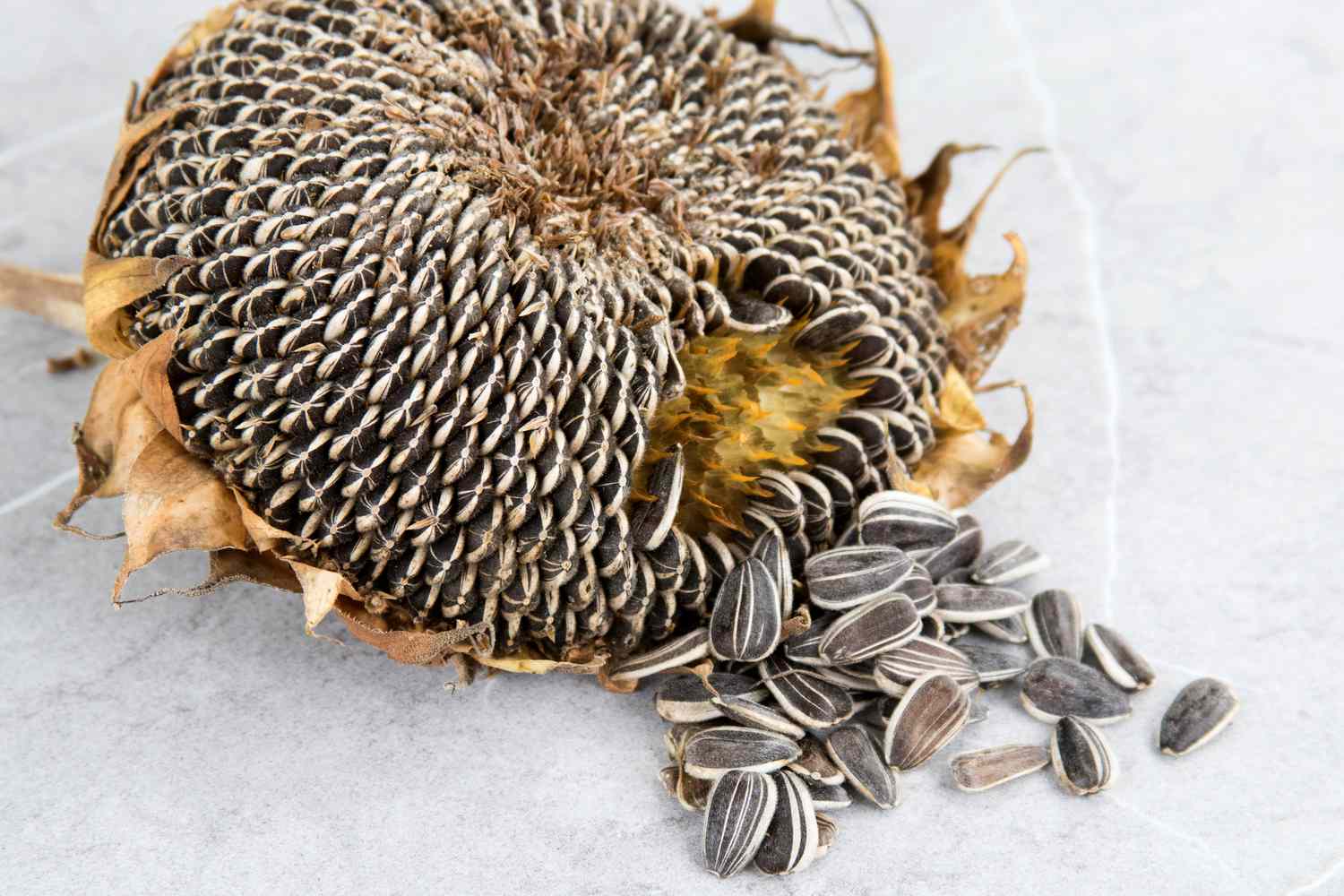
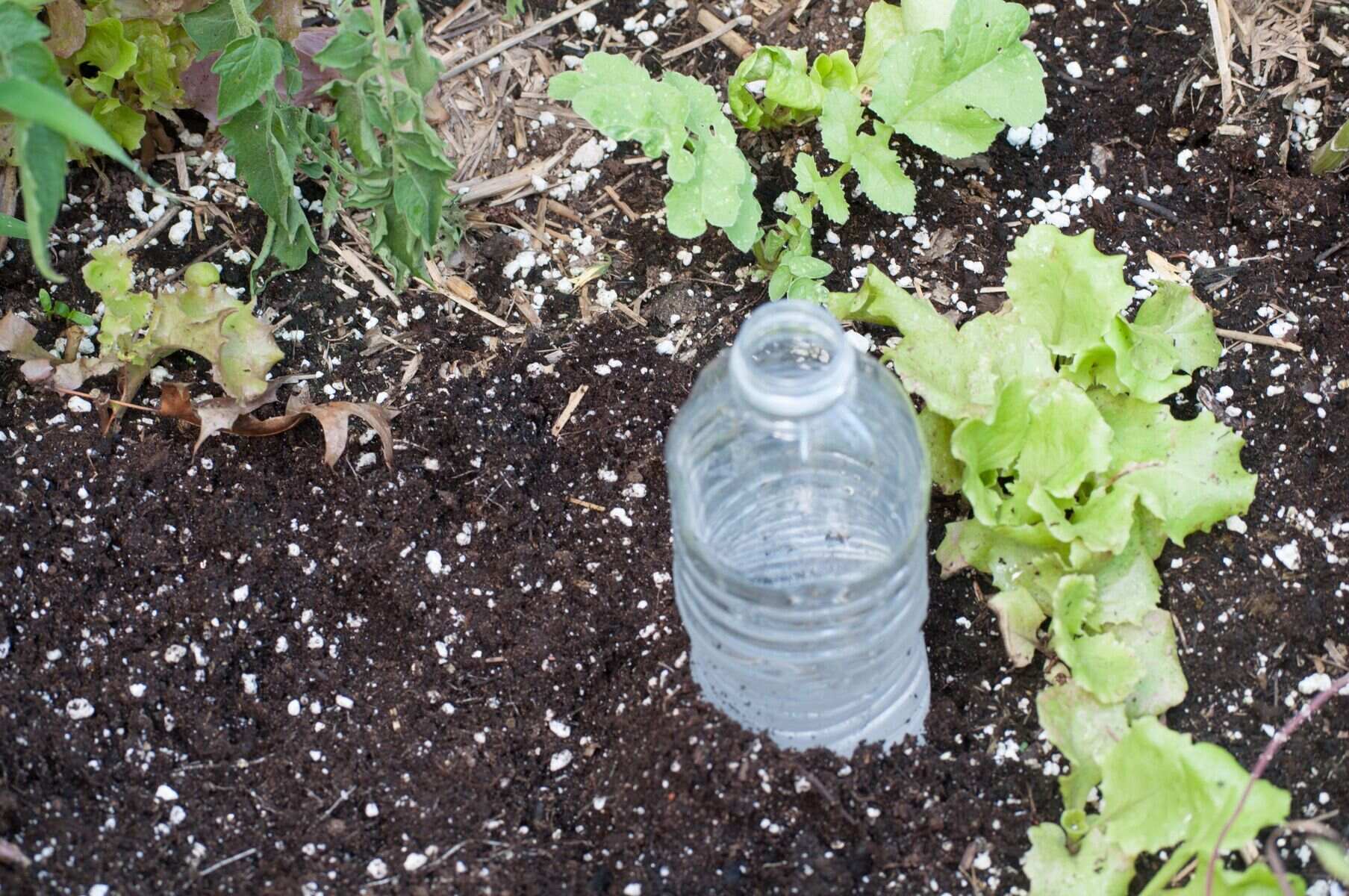
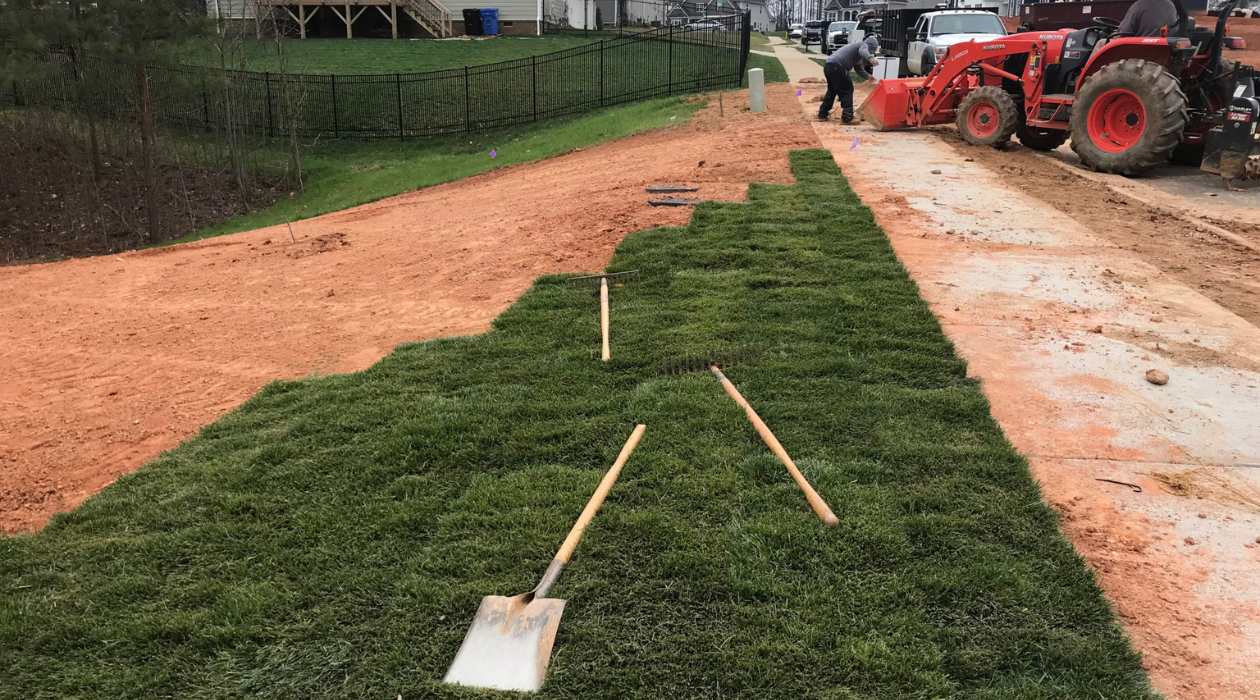
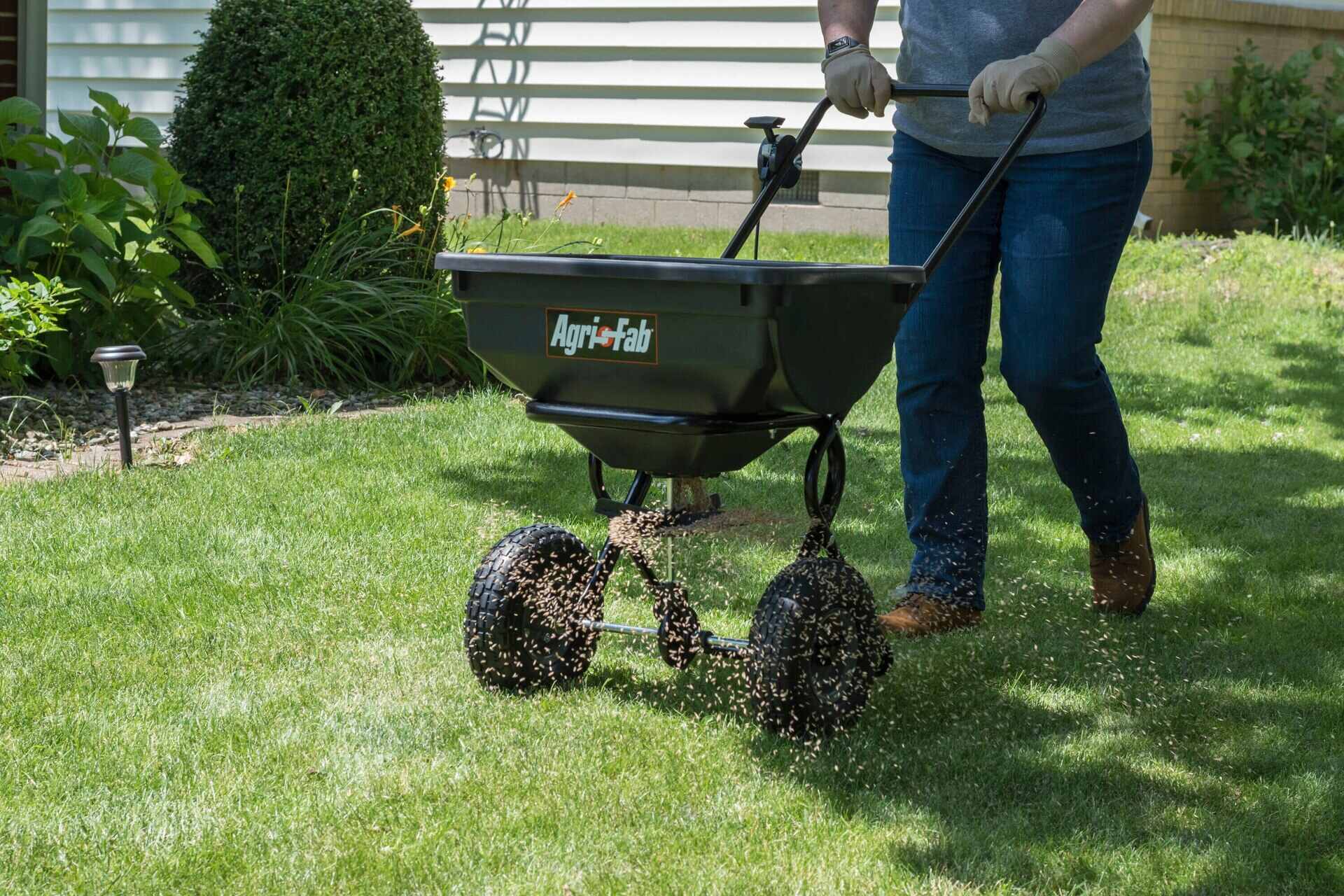

0 thoughts on “What Is The Best Time To Water Outdoor Plants?”